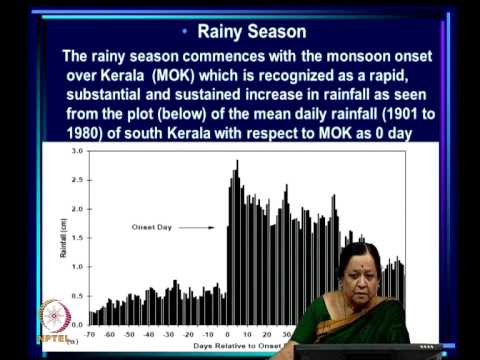Description:
In this course, observations of the monsoon and its variability on different spatial and temporal scales will be discussed. The necessary background for understanding the physics of the monsoon and its variability involves basic understanding of cloud systems in the tropics, tropical dynamics as well as of phenomena such as El Nino to which it is linked.After a detailed exposition of the background, the present understanding about the nature of the system responsible for the monsoon and mechanisms which lead to its variability will be elucidated. Skill of the state of art models in simulating and predicting the variability of the monsoon will be assessed and problems and prospects of improvement of predictions will be considered. In addition, the impact of the Indian monsoon on agriculture and the economy will be discussed.

The Monsoon and Its Variability
Add to list
#Science
#Environmental Science
#Agriculture
#Meteorology
#Earth Science
#Environmental Studies
#Climate Science